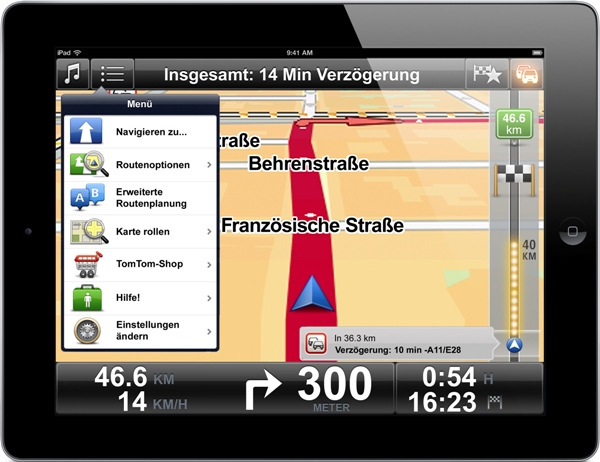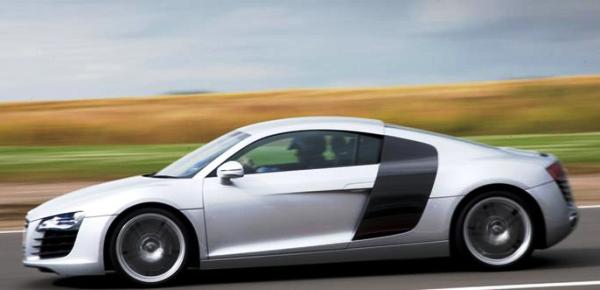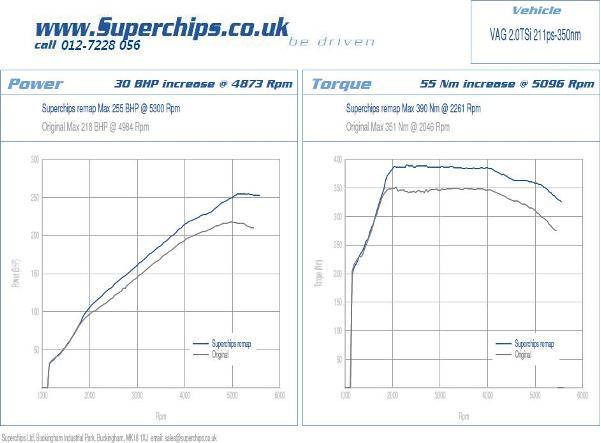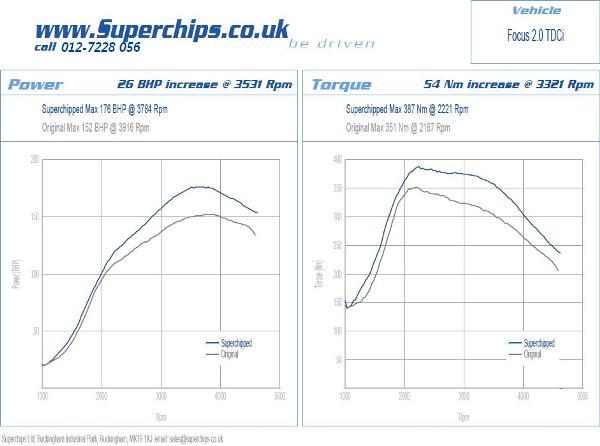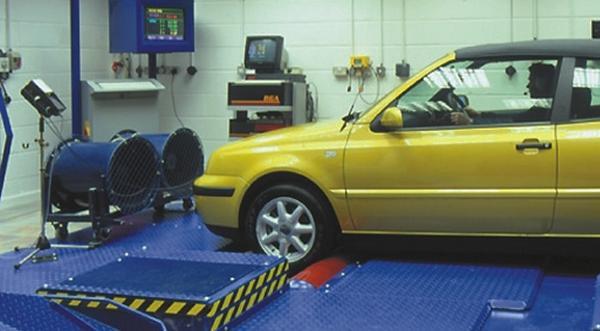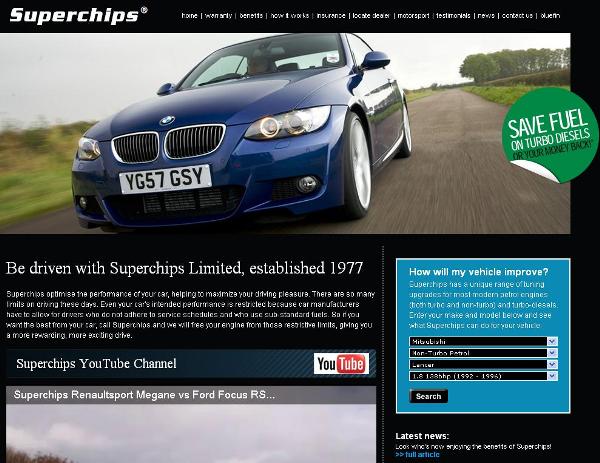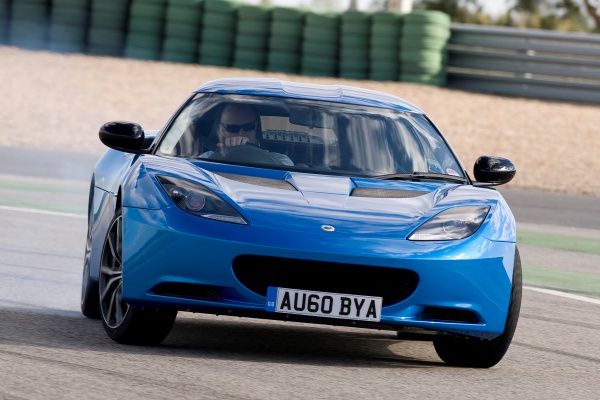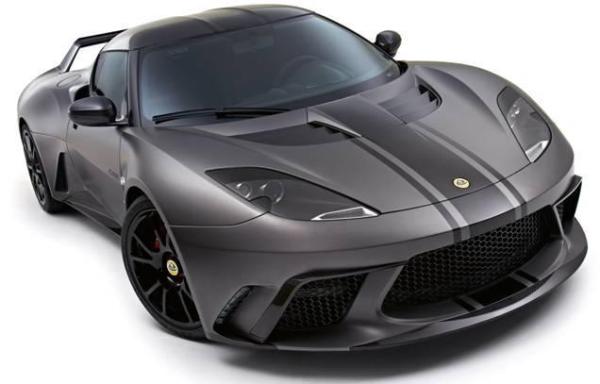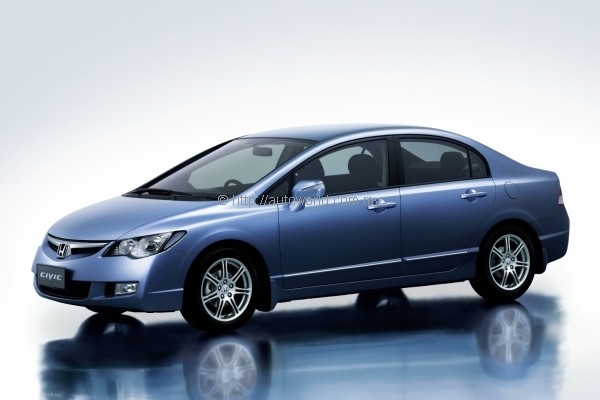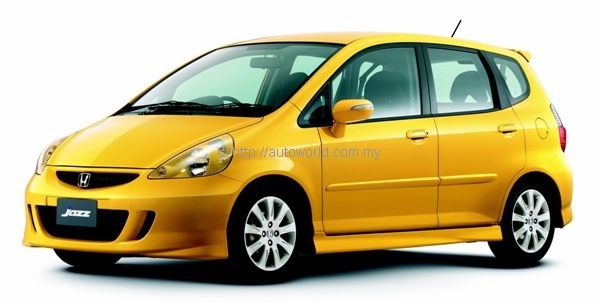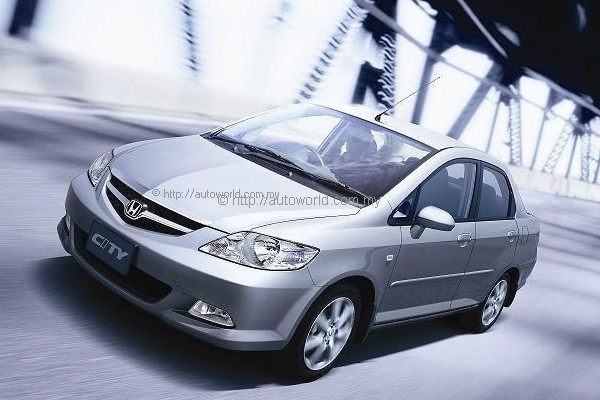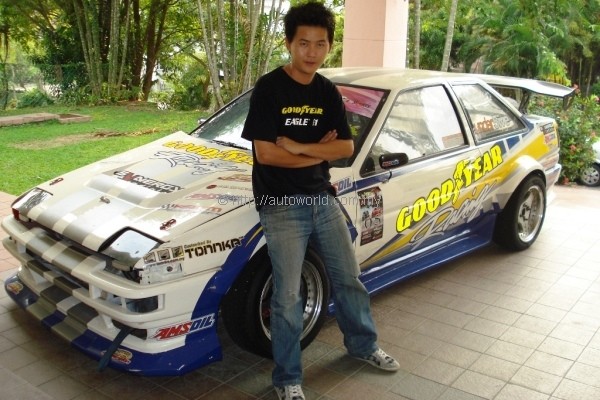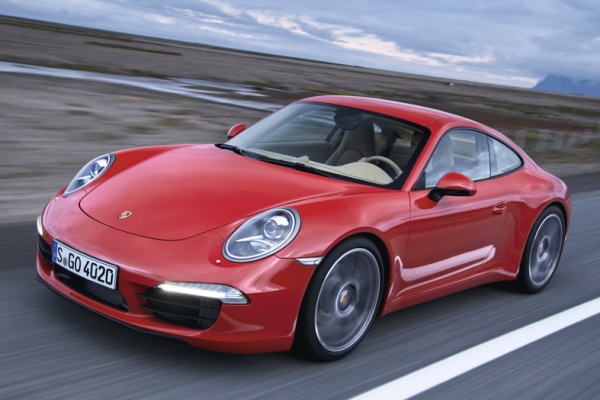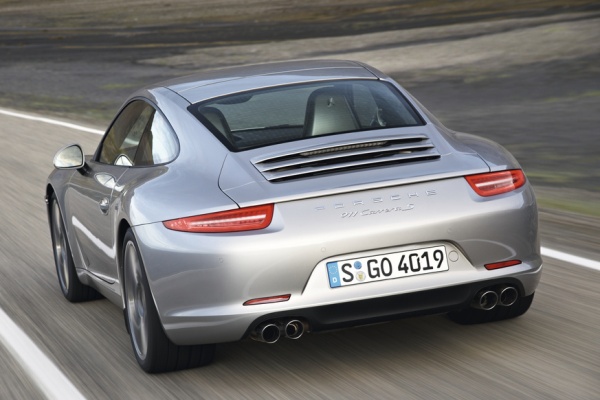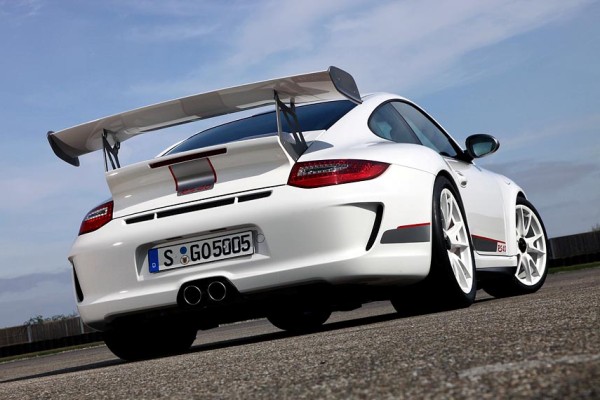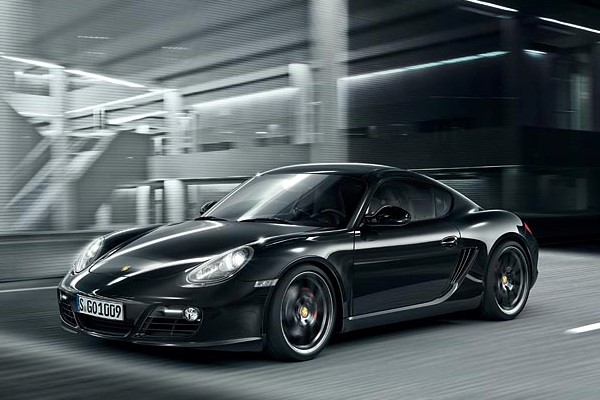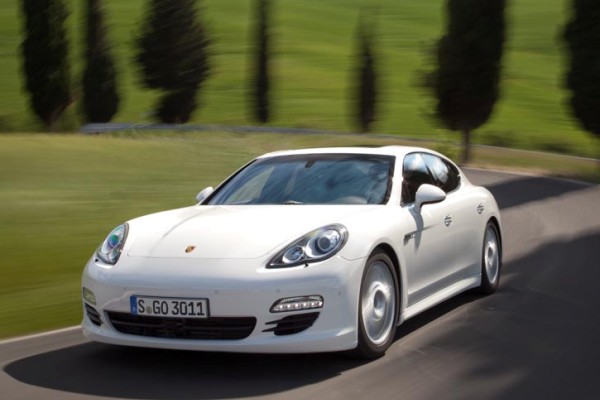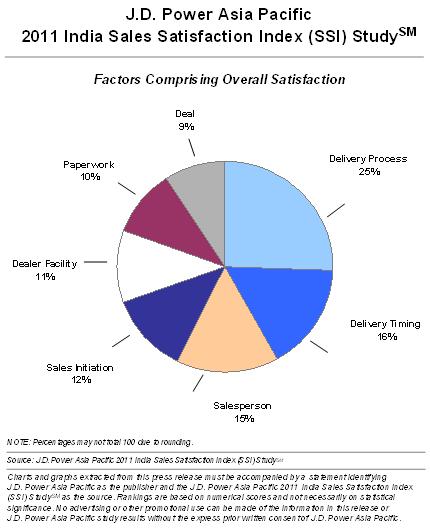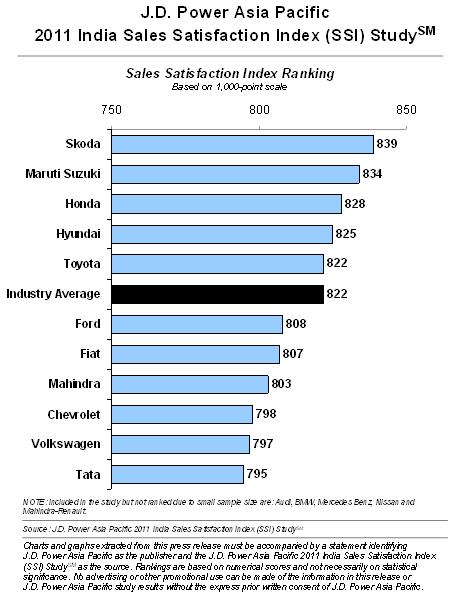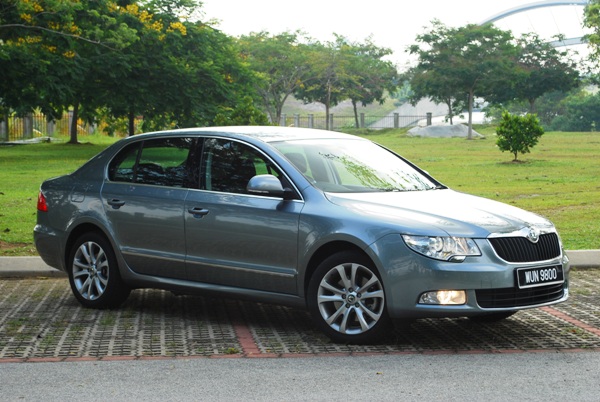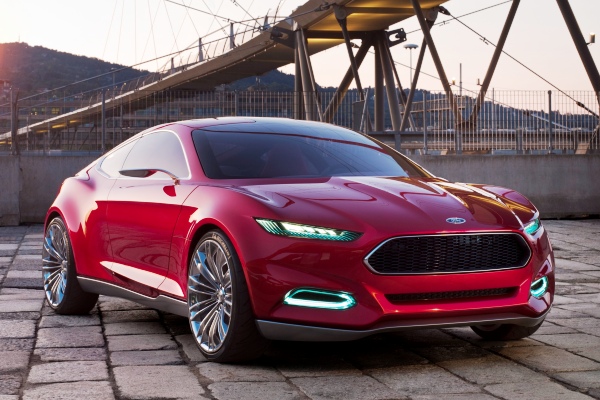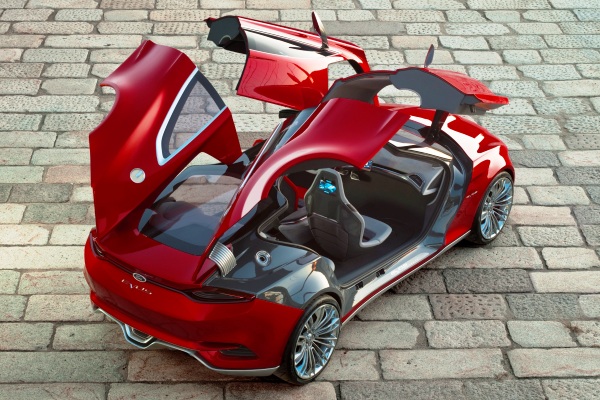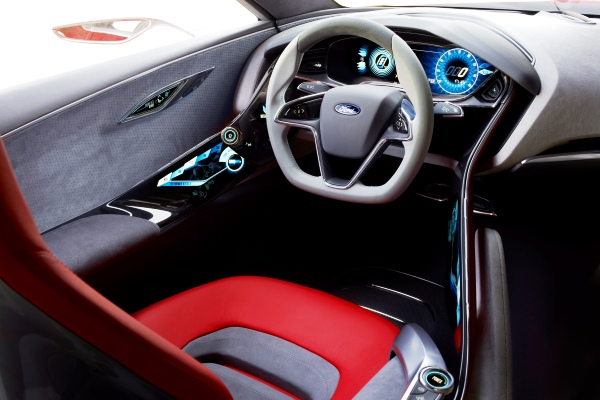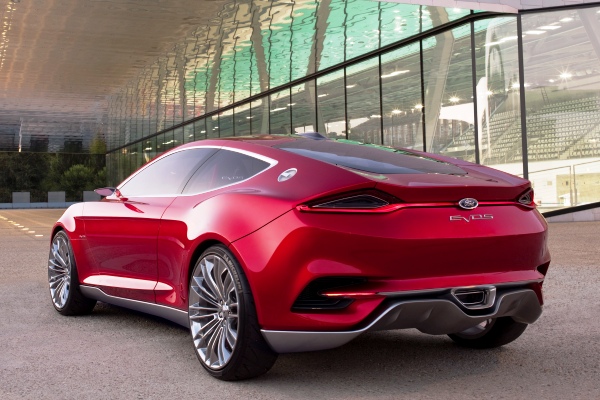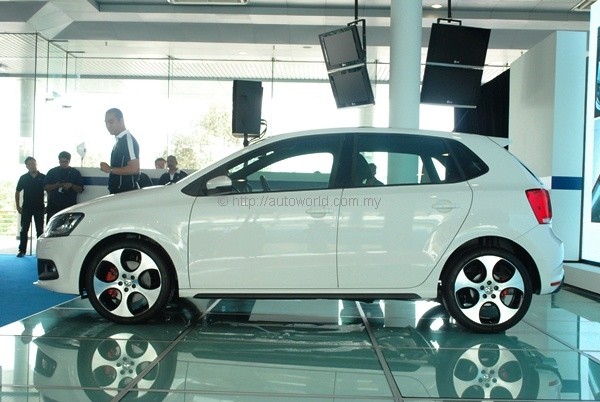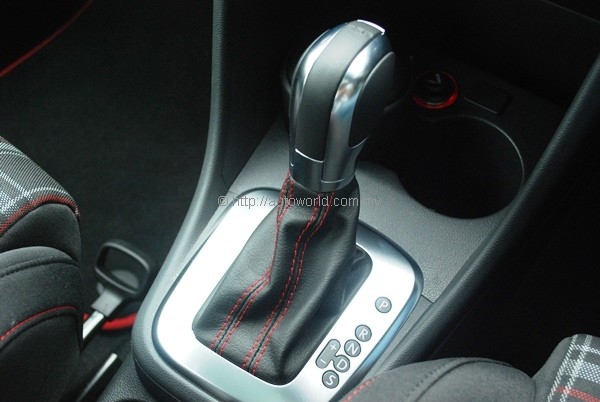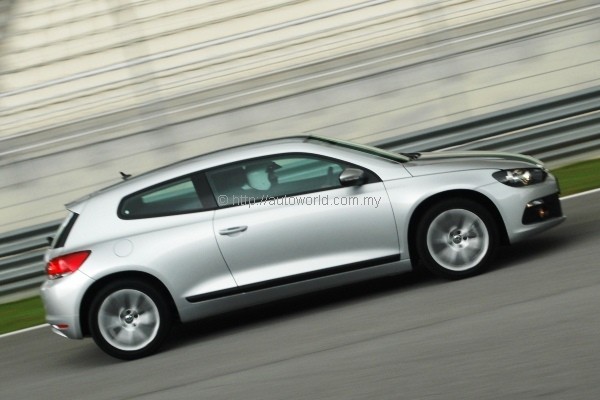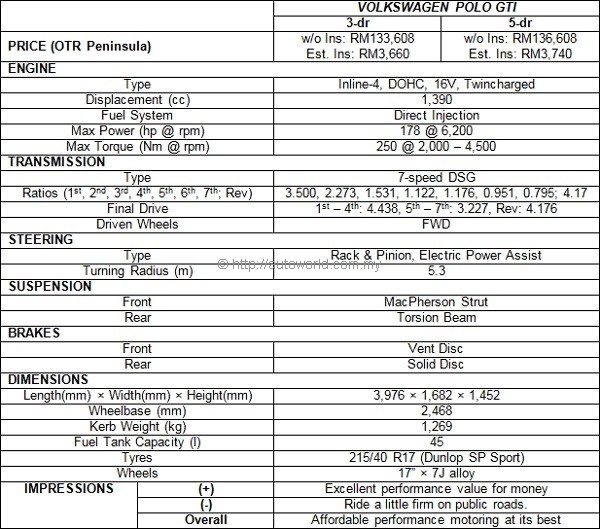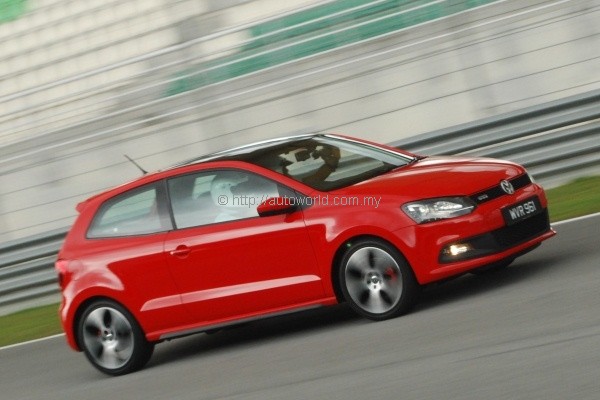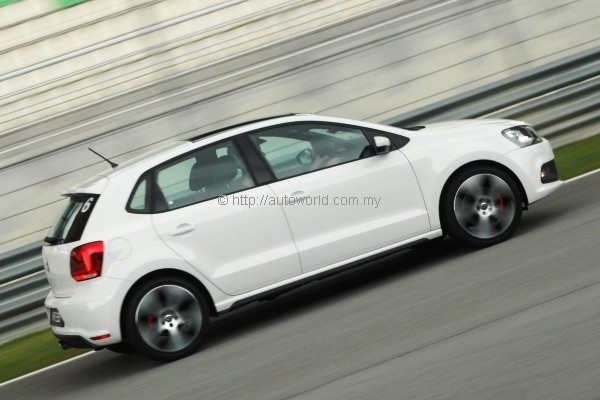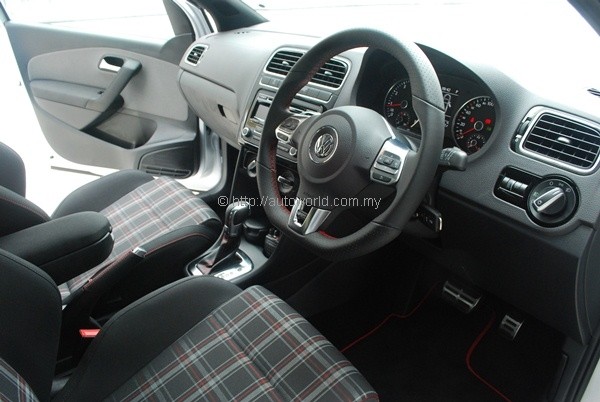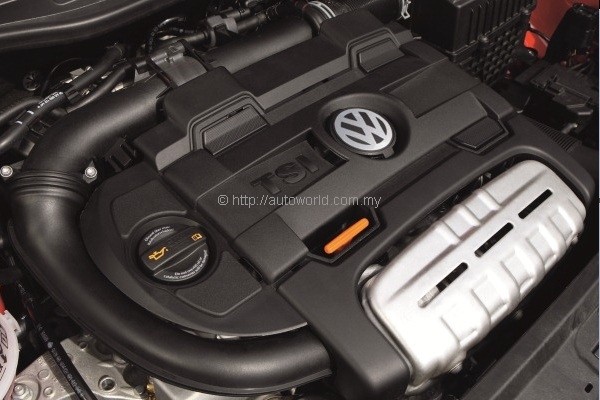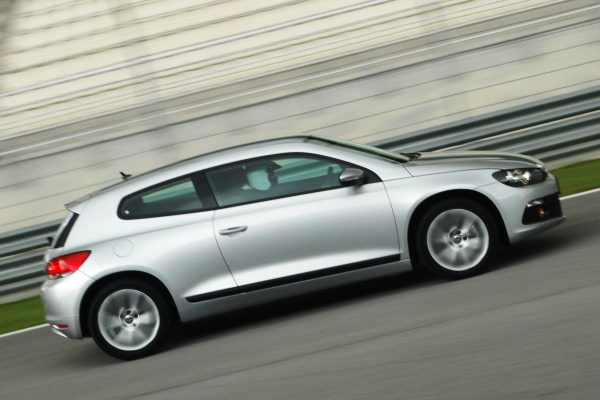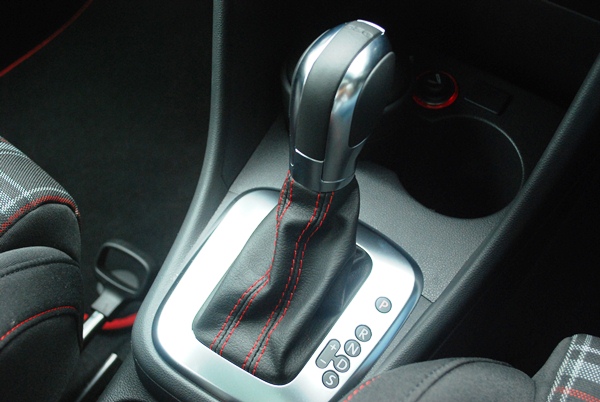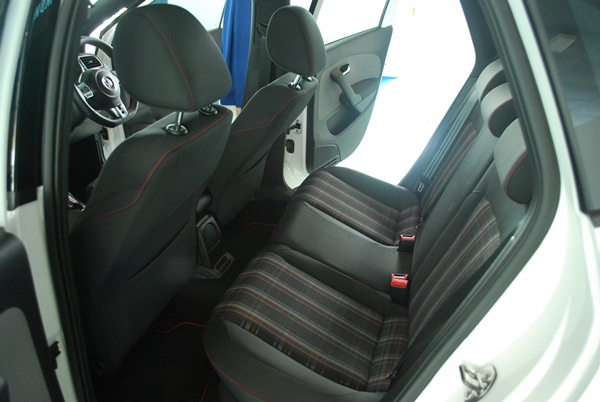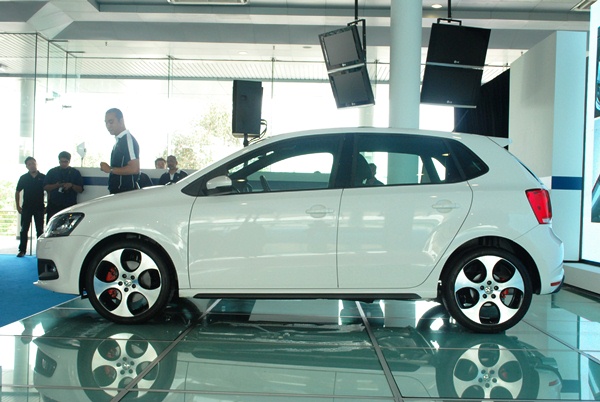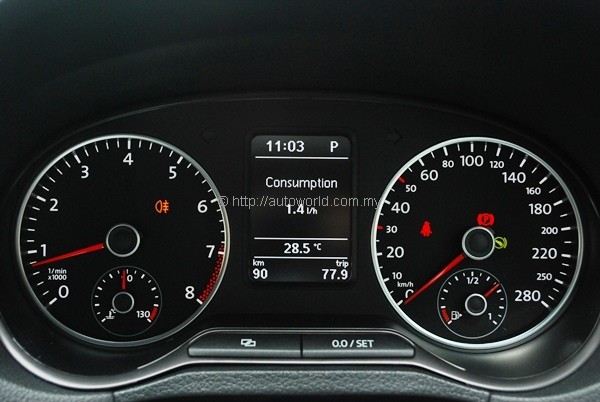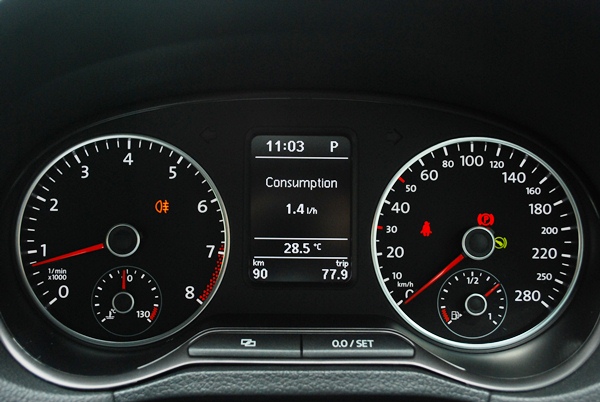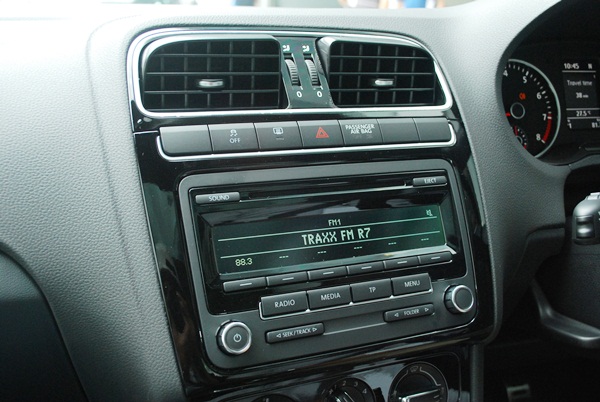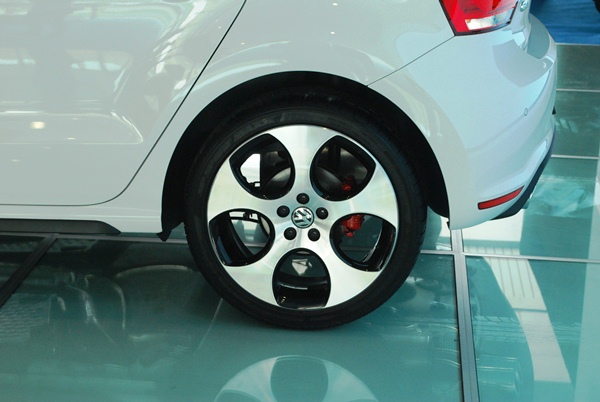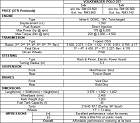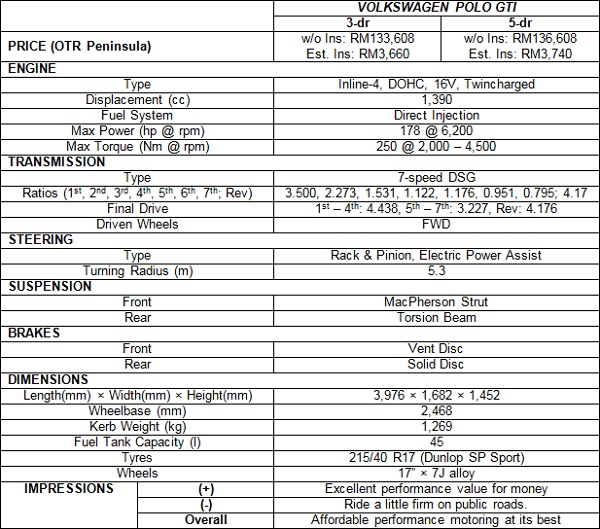The Audi A2 was a revolutionary car way ahead of its time. Featuring extensive usage of aluminium in its build, the A2 was noted for its lightness, fuel economy, and impressive packaging. Within its compact dimensions, lie a spacious and well-built cabin designed to fetch four people over long distances in comfort.
Unfortunately, the A2 was so revolutionary, its parts could not be sourced off the shelve, and construction costs using aluminium were not cheap. As a result, it was expensive, and it was a sales flop. Less than 180,000 units were sold worldwide in a six-year production run that lasted from 1999 to 2005.

In today’s climate however, where efficiency and emissions have become dominant considerations, and downsizing has become the ‘in’ thing, a car like the A2 stands a far better chance at succeeding, and indications are that Audi might actually give it a shot, with the A2 Concept set to be one of the attractions at its booth for the upcoming IAA Frankfurt Motor Show 2011.
Dimensions of the electric-powered concept are similar to the first A2, measuring 3.80m (L) ×1.69m (W) ×1.49m (H). Like its predecessor, its interior was designed with the maximization of space in mind, and it a flat floorboard and individual seats for four. The centre console is attached to the driver’s seat and the rear console stretches forward from between the two rear seats, a space where you can also fit a city bicycle with its front wheel removed.
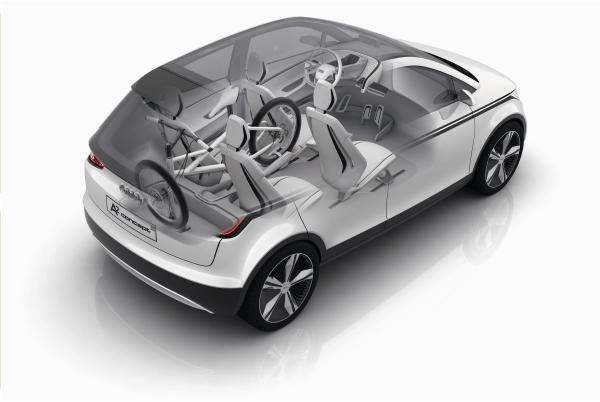
Other attractions from the four rings at Frankfurt will be the new line of S models – S6, S6 Avant, S7 and S8 – all making their first appearances. Like what has happened to the BMW M5, the new S models had to eschew their naturally aspirated V10 motor for a twin-turbo V8. In the S6 and S7, the new 4.0-litre motor puts out 420hp and has 550Nm on tap from 1,400 to 5,300rpm. The engine is paired to Audi’s 7-speed S-tronic dual clutch transmission and quattro all-wheel drive as standard.
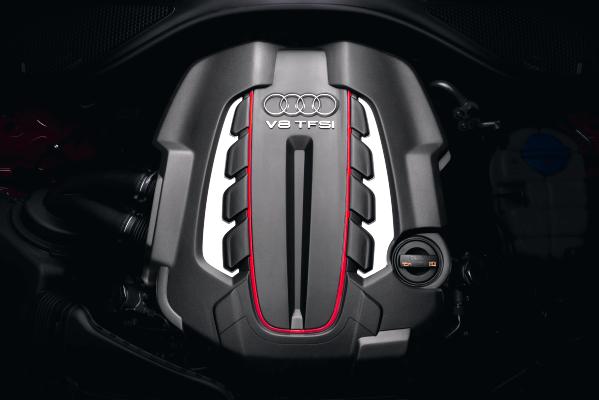
In the S6, these outputs are sufficient to power the 1,895kg sedan to a 4.8-second century sprint; the 1,950kg S6 Avant does the same in 4.9 seconds. The engine features cylinder de-activation to run as a four-pot under part throttle loads amongst other fuel saving measures, and this allows Audi to claim a decent 9.7 l/100km and 9.8 l/100km for the S6 and S6 Avant respectively.

When cylinder de-activation is active, the S6 then employs what is called the Active Noise Cancellation (ANC) system, where four microphones integrated into the headlining records cabin noise which is then analyzed by the vehicle’s on-board computer. If the computer detects and determines sound elements that it deems intrusive, it will then broadcast an antiphase sound through the radio’s speakers to cancel that noise out.
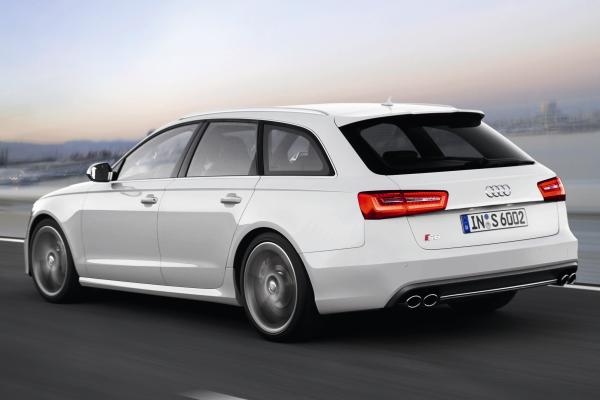
In technical terms, the principle of soundwave superposition is applied here, where the speakers emit a soundwave that is 180° out of phase with the intrusive noise. There was no mention of this system being available with the S7 in Audi’s press materials, but it is included in the S8. The S7, which is currently only available in Sportback guise, is quoted with a century sprint of 4.9 seconds and an average fuel consumption of 9.7 l/100km.
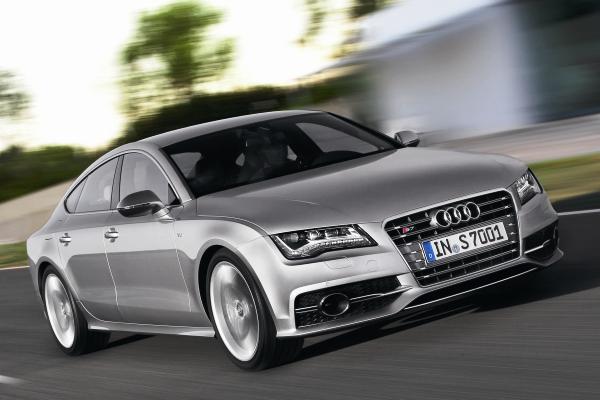
Although the S8 also uses a 4.0-litre TFSI engine like the S6 and S7, its outputs are tuned substantially higher, with 520hp and and 650Nm at its disposal from 1,700 to 5,500rpm. The engine similarly features cylinder deactivation here, and it is combined with the 8-speed Tiptronic torque converter transmission with quattro all-wheel drive.
An impressive and important point to note about the S8 is that despite a bigger 5.15m-long body, it tips the scales at just 1,975kg, which is very close to that of the S6 Avant. This reduced mass is thanks to its lightweight aluminium space frame. As a result, on-road performance benefits, and the S8 completes the century sprint in an almost-supercar-like 4.2 seconds. For the record, average fuel consumption is rated at 10.2 l/100km.

All three models of the new S family will hit European showrooms in Spring 2012.
KON
Pictures: Official Audi release.




